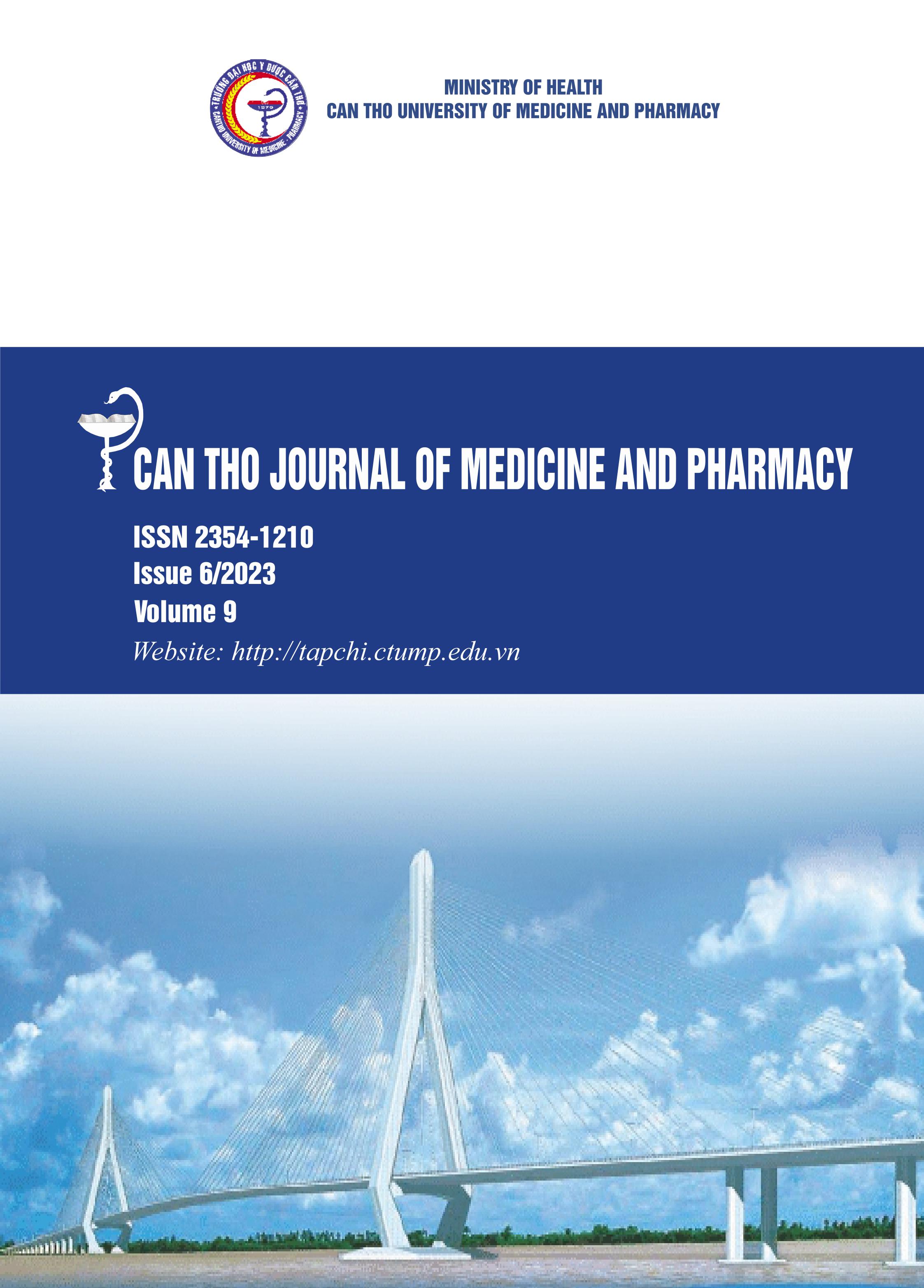ANTIBIOTIC RESISTANCE INDUCED BY EXTENDED-SPECTRUM BETA-LACTAMASES AND COVID-19
Nội dung chính của bài viết
Tóm tắt
Antibacterial resistance, particularly that resulted from by extended-spectrum betalactamases (ESBLs), is increasing at an alarming pace as a direct consequence of extensive antibiotic usage, leading to an increase in the number of infections that are difficult to be eradicated.. Klebsiella pneumoniae and Staphylococcus epidermidis were the most common pathogens grown from 156 (18.5%) samples. Escherichia coli AmpC-producing ESBL due to worldwide Escherichia coli proliferation, researchers tested 10,780 clinical strains for decreased susceptibility. Nevertheless, genes and multilocus sequences varied widely among nations. CTX-M enzymes caused ESBL to rise 53% from 2012 to 2017. Levofloxacin, cefepime, piperacillintazobactam, and meropenem may detect ESBL-E bacteremia risk. During the COVID-19 pandemic, Acinetobacter baumannii had the most resistant strains, followed by Klebsiella pneumonia, Escherichia coli, and Pseudomonas aeruginosa. To combat the epidemic's spread, a statewide community lockdown was implemented, confining nursing home patients and prohibiting outside contact and movement. This study found that donor screening for fecal microbiota transplantation is likely to fail due to a high frequency of extended-spectrum beta-lactamase positive bacteria in feces, poor adherence to regular fecal donation, increased social isolation, travel restrictions, and decreased antibiotic use. Conventional lactamase antagonists may decrease ESBLs, which cause cephalosporin resistance in certain bacteria. Extended-spectrum beta-lactamase-producing Klebsiella pneumoniae strains are increasing, and the COVID-19 pandemic triggered a critical care unit pandemic. This study found that gram-negative antibiotic resistance was 1.11-fold higher among those without documented attempts to improve infection prevention, treatment, or prescription safety. More efforts need to be made to prevent infections, offer treatments, and monitor medication resistance. These activities are all vital.
Chi tiết bài viết
Từ khóa
ESBL, COVID-19, antibiotic resistance
Tài liệu tham khảo
2. Hadi J.A.S., Rohani I., Abdullah A.H., and Noraini A.G. Antibiotic Resistance during COVID19: A Systematic Review. International Journal of Environmental Research and Public Health. 2022. 19, 19: 11931.
3. Adane B., Amanuel A., and Abera A. Bacteriological spectrum, extended-spectrum β-lactamase production and antimicrobial resistance pattern among patients with bloodstream infection in Addis Ababa. Scientific Reports. 2023. 13(1).
4. Mariana C., Patricia J.S., and Patricia A.B. Extended-spectrum β-lactamases: an update on their characteristics, epidemiology and detection. JAC-Antimicrobial Resistance. 2021. 3(3).
5. Marija K., Maja T.P., Tomislav M., et al. Extended-spectrum beta-lactamases and plasmid diversity in urinary isolates of Escherichia coli in Croatia: a nation-wide, multicentric, retrospective study. Folia Microbiologica. 2020. 65(4), 649-667.
6. Chien M.C., Chih C.L., and Wen L.Y. Epidemiology of extended-spectrum β-lactamases in Enterobacterales in Taiwan for over two decades. Frontiers in Microbiology. 2023. 13.
7. Aki H., Toshiki K., Koji Y., Keigo S., and Motoyuki S. Impact of the COVID-19 Pandemic on the Surveillance of Antimicrobial Resistance. SSRN Electronic Journal. 2021.
8. Olivier L., Thomas C., Sonia T., Melanie C.C., Jocelyne C., and Gabriel B. Decreasing proportion of extended-spectrum beta-lactamase among E. coli infections during the COVID-19 pandemic in France. Journal of Infection. 2021. 83 (6), 664-670.
9. Clarisse D., Catherine M., Valérie S., and Sandra F. Decrease of carbapenemase‐producing Enterobacteriaceae incidence during the first year of the COVID‐19 pandemic. Journal of Infection. 2022. 85(1), 90-122.
10. Chih C.L., Shey Y.C., Wen C.K., and Po R.H. Increased antimicrobial resistance during the COVID-19 pandemic. International Journal of Antimicrobial Agents. 2021, 57(4), 106324.
11. Yuk K.Y., Wing Y.J.M., Nok S.R.L., et al. High prevalence of extended‐spectrum beta‐lactamase organisms and the COVID‐19 pandemic impact on donor recruitment for fecal microbiota transplantation in Hong Kong. United European Gastroenterology Journal. 2021. 9(9),1027-1038.
12. Mohammad R.H., Yasmeen M.V., Daniela L., and Huda A. Trends in the Rates of ExtendedSpectrum-β-Lactamase-Producing Enterobacterales Isolated from Urine Cultures during the COVID-19 Pandemic in Ontario, Canada. Microbiology Spectrum. 2023. 11(1).
13. Achiraya S., Thawatchai K., Akachai K., et al. High prevalence of extended-spectrum beta-lactamaseproducing Escherichia coli and Klebsiella pneumoniae isolates: A 5-year retrospective study at a Tertiary Hospital in Northern Thailand. Frontiers in Cellular and Infection Microbiology. 2022. 12.
14. Cécile E., Samy F., Rémy A.B., et al. Outbreak of CTX-M-15 Extended-Spectrum β-LactamaseProducing Klebsiella pneumoniae ST394 in a French Intensive Care Unit Dedicated to COVID19. Pathogens. 2021. 10(11), 1426.
15. Bradley J.L., Jean P.R.S., Valerie L., et al. Antibiotic resistance associated with the COVID-19 pandemic: a systematic review and meta-analysis. Clinical Microbiology and Infection. 2022.


